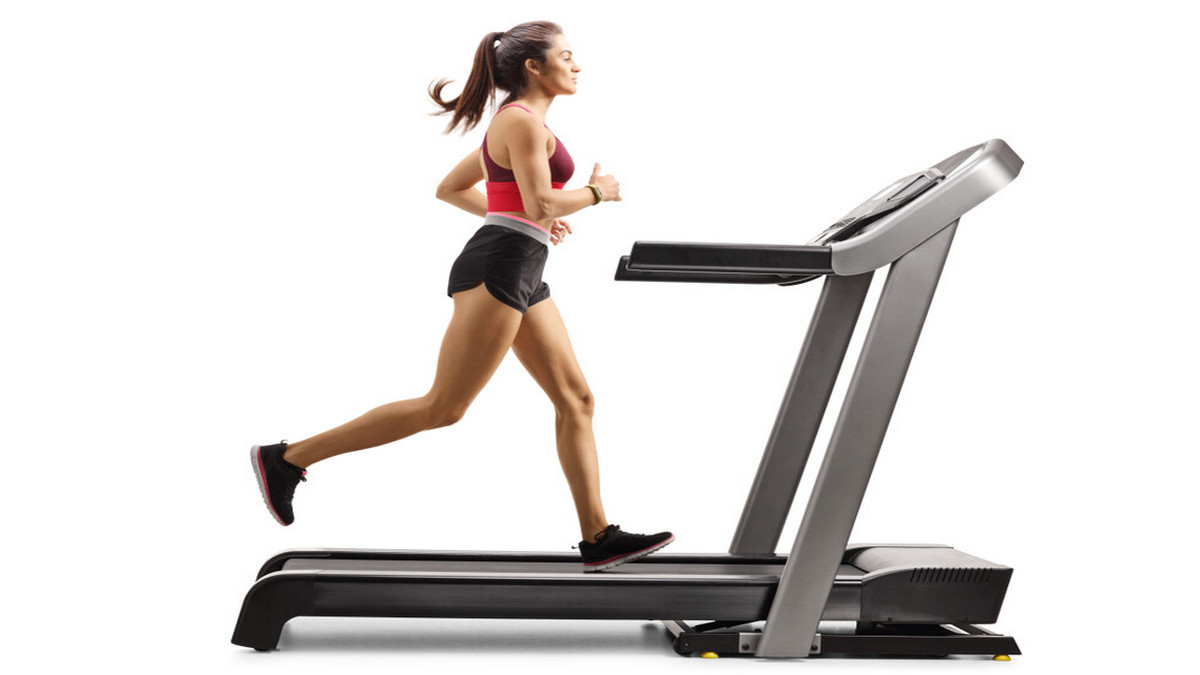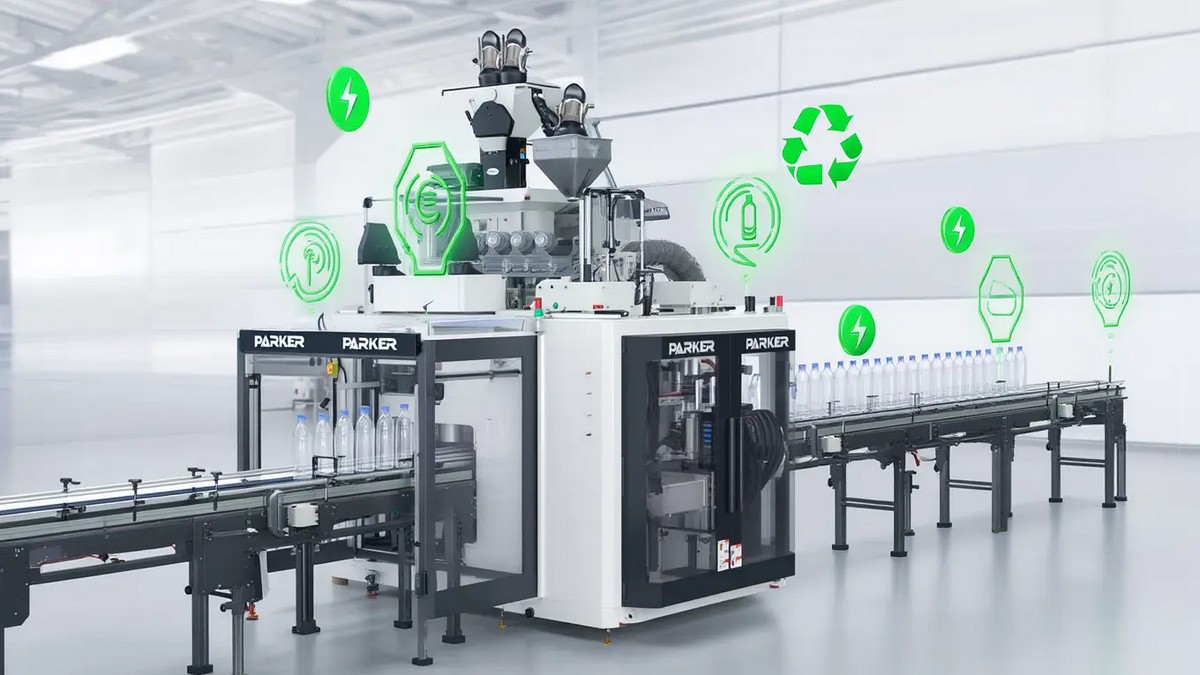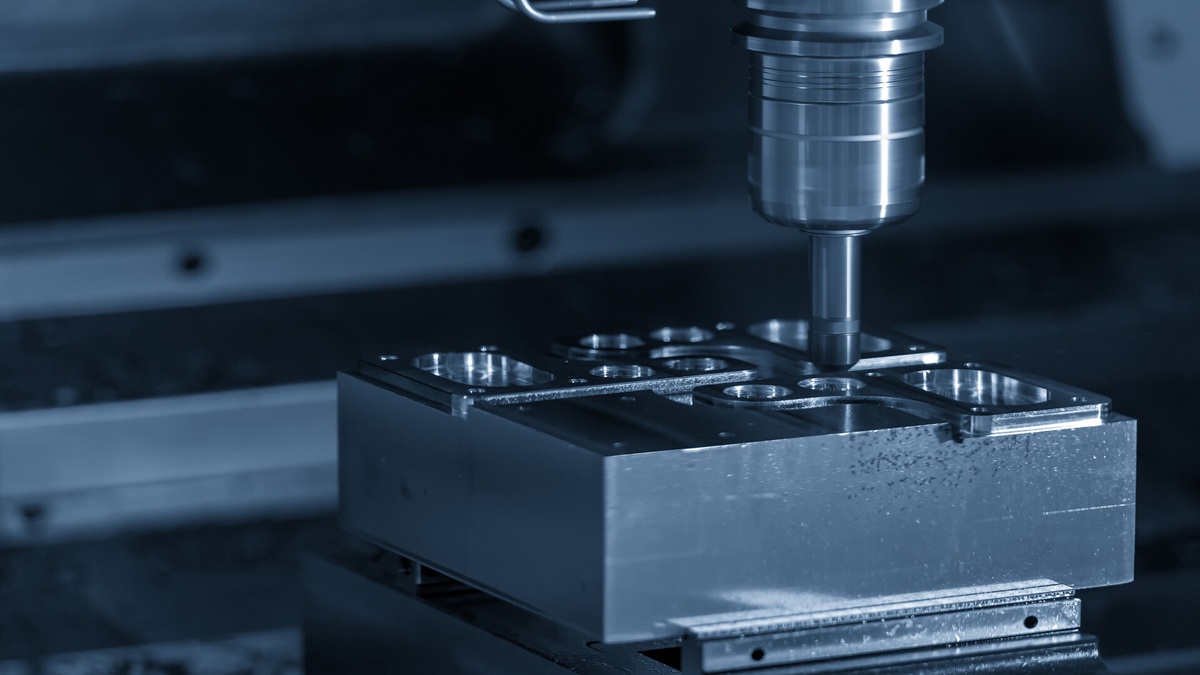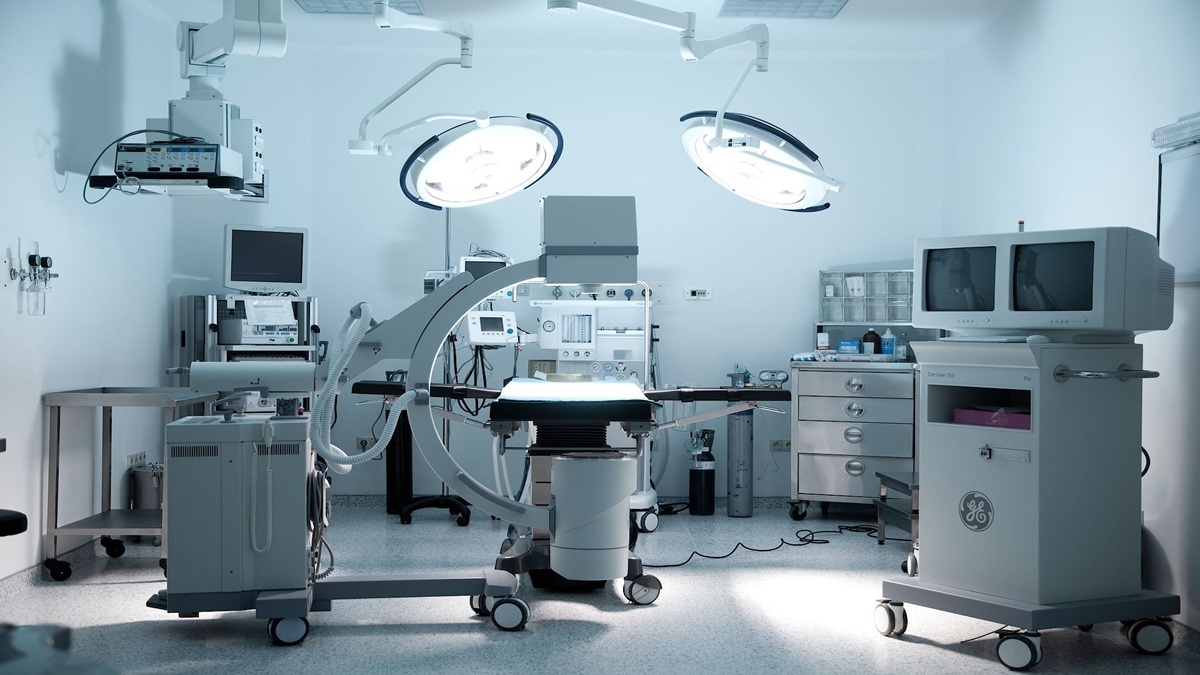The COVID-19 sweeping the world has brought huge turbulence to the fitness industry. At the moment when gyms have declared bankruptcy, fitness equipment manufacturers have ushered in an unprecedented surge in demand due to the trend of home fitness.
For the fitness industry, this is the worst of times and the best of times. The COVID-19 epidemic sweeping the world has destroyed gyms and gymnasiums, but it has also set off the trend and trend of "exercise at home". According to previous estimates by research firm Allied Market Research, the fitness equipment market was $11.5 billion in 2019 and will grow steadily at a rate of 4.1% per year to reach $15.2 billion in 2027. In Asia, where fitness has not yet become popular, it is expected to be the global growth engine with an annual growth rate of 7.6%. Fitness equipment is mainly divided into the commercial field that supplies gyms, and the home field that is sold to the general public. The commercial field dominated by gyms in the report is expected to be the core of the industry's growth momentum in the next few years.
Not Going to The Gym During the Epidemic Prevention Period, Exercise Has Become "Something to Do at Home"
However, the sudden epidemic has turned gyms and fitness centers into high-risk areas of infection, causing people to shy away from them. Traditional American gyms such as Gold Medal Fitness Center and 24-hour Fitness have filed for bankruptcy one after another.
While the epidemic has hit the fitness industry hard, it has also created another business opportunity. According to a report by The Business Research Company, a research institute, the home fitness equipment market is expected to reach US$9.5 billion this year, with an annual growth rate of more than 40%; Adobe also estimates that due to the promotion of home fitness, the sales of fitness equipment will be higher than last year. During the same period, it increased by 55%, which is almost 10 times that of the traditional fitness market.
Although the figures given by various research institutions are different, they all point to the same thing: the living room at home has become a gym for many people. This trend may also be seen from the sale of Nintendo's "Fitness Ring Adventure" during the epidemic prevention period to the out of stock. In fact, the warm spring and summer seasons are the off-season for fitness equipment sales, and the surge in sales confirms the trend of home exercise. This trend is also reflected in the performance of some fitness equipment manufacturers.
Nautilus: Revenue Soared 9 Times in March
Fitness equipment giant Nautilus has also fully grasped the trend under the epidemic and delivered dazzling revenue results. In the first quarter of this year, its revenue increased by 11% compared with last year to US$93.7 million, exceeding Wall Street's expectations. In fact, if you only compare the results in March, it has increased by 9 times compared with the same period last year.
Since the outbreak of the epidemic in the United States in March, the stock price of Nautilus has doubled about 7 times, from less than $2 to more than $11, which is enough to show the amazing growth under the epidemic.
The success under the epidemic is due to Nautilus's vision of accurately detecting the trend of home fitness and the advantages of "e-commerce and curbside pickup" services, which avoided the impact of the closure of physical stores and grasped it in the last few weeks of March. Surging demand for home fitness equipment. Nautilus also used the fitness app JRNY, launched last year, to timely find out that the demand for exercise at home continues to grow, and to gain insight into market trends.
At a time when the gym-centric commercial market continues to slump, Nautilus also revealed that it plans to sell Octane Fitness, the commercial fitness equipment business it acquired in 2015, to focus on the home fitness equipment market.
Peloton: Revenue, Subscribers Both Increase
Peloton, a new fitness equipment company, is based on selling flywheels, treadmills, and subscriptions to fitness courses. In the early days of the outbreak in the United States, Peloton immediately announced that the 30-day free trial was expanded to 90 days to attract new users to join. Peloton CEO John. Foley said that in the past they estimated that only about 100,000 people had tried the service, but during the epidemic, the number of people who tried their service was as high as 1.2 million. Although it's unclear whether it will successfully convert to paying users in the future, "I don't think people will rush back to crowded gyms, especially people who have experienced Peloton's services," Foley said.
In Peloton's May financial report, revenue growth of 66% exceeded Wall Street expectations, and subscribers also increased by 600,000 compared with the previous quarter. Such good results are also reflected in the stock price. Since the outbreak of the epidemic, Peloton's stock price has increased by more than 200%. This result also includes Peloton's practice of locating its product manufacturing base in Taiwan rather than China, so as to avoid the shutdown of factories due to the epidemic. In November, Peloton announced a $47.4 million acquisition of Taiwanese bicycle maker Qimei Technology in an effort to gain further control over the supply chain.
"They (Taiwan) have done a very good job in preventing the epidemic, and they have been very successful in preventing the COVID-19, and the factories in Taiwan have been able to continue to operate," Foley said.
Mirror: Acquired A Lot of Money from Yoga Clothing Brand Lululemon
Earlier, the focus under the spotlight of the American fitness equipment industry was that the yoga clothing brand Lululemon announced the acquisition of the new fitness mirror startup Mirror. Mirror, which sells fitness mirrors for about $1,500 a month, and subsequent subscription courses for $39 a month, is a fledgling startup that also benefits from the at-home fitness dividend. Brynn Putnam said the company's sales doubled in the weeks following the U.S. pandemic.
Perhaps seeing the dominant position of Mirror in the wave of home fitness, Lululemon did not hesitate to spend $500 million to bring it under his command, hoping to gain entry into the home fitness equipment market. Lululemon CEO Kelvin. McDonald said the acquisition of Mirror gives the company the possibility of further growth.
Lululemon is very optimistic about the development of the post-pandemic era of Mirror, and estimates that its revenue in 2020 will exceed US$100 million, and it will be able to balance the profit and loss next year.









.jpg)
.jpg)
.jpg)


.jpg)